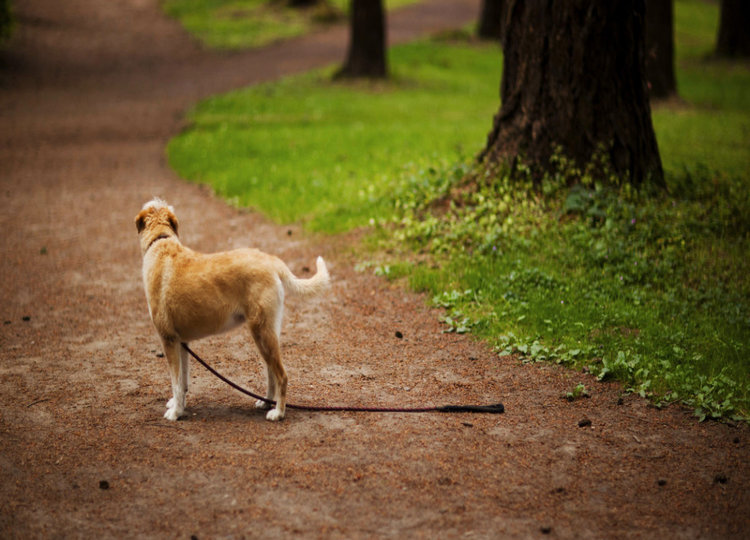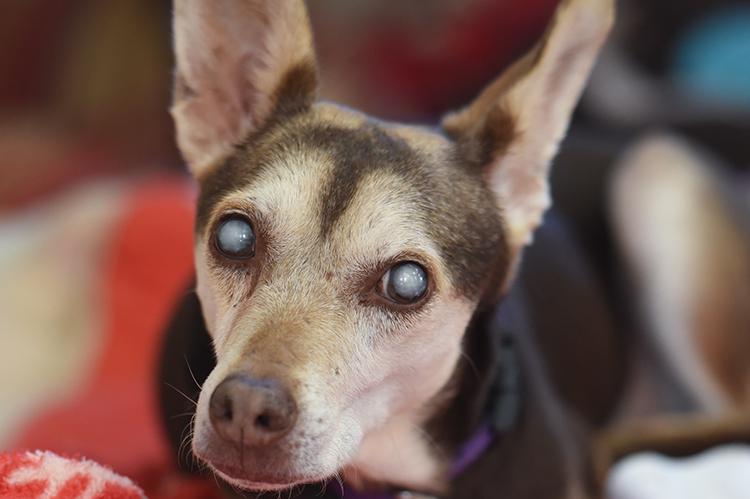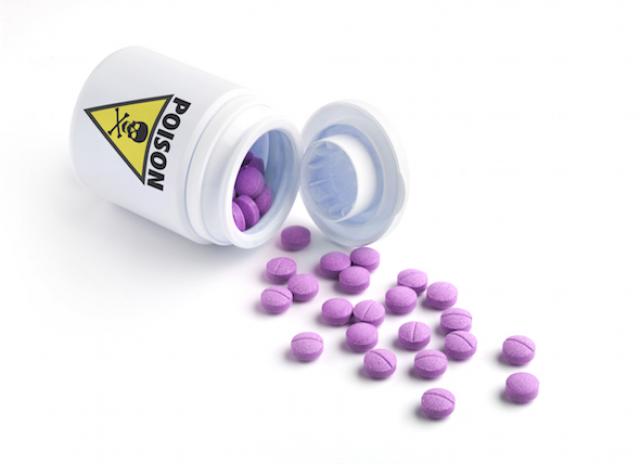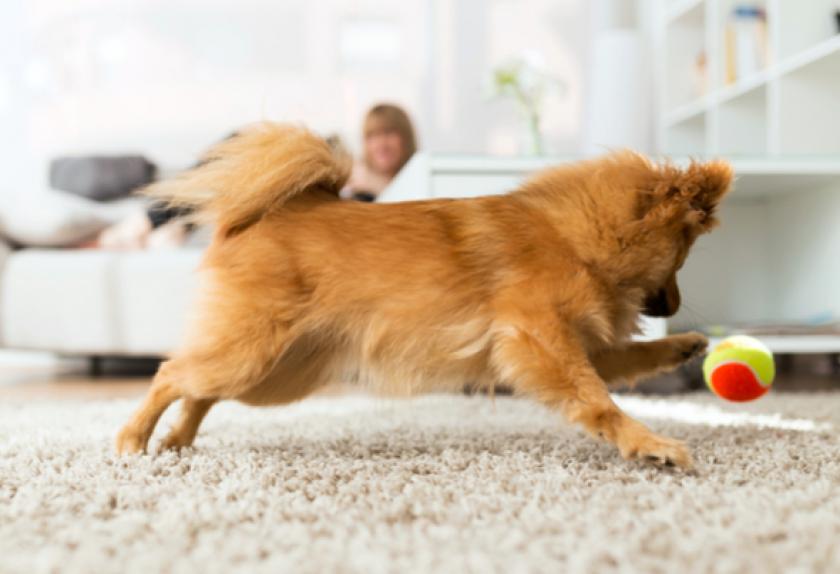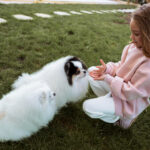Having trouble getting your dog to come to you when called?
Does your pup think it’s fun to run from you when you’re outside?
Have you had problems with your dog running away when they get off leash?
Not Coming When Called is Dangerous
HTTP://CESARSWAY.COM
Two of the first commands that successful trainers teach are “Sit,” and “Come here.”
Sit teaches your dog to be calm and stationary. This can be life saving if there is an emergency.
But, “Come Here” is a truly life-saving command.
Even if your dog is normally well behaved, all it takes is one run away for disaster to strike. If they are prone to bolting when they manage to get out of your fence, or they slip their collar, they can easily run into traffic.
Or, they simple run away.
Passive vs. Standard Disobedience
When your pup refuses to come to you, they are either being
Passive: they won’t come to you, but they don’t really run away. They are preoccupied with something else, or are simply sitting there stubbornly.
Active: They won’t come to you, and they run in the opposite direction.
Active disobedience can be viewed as play to your dog. Watch how they interact with other pups. They often chase each other, taking turns with who’s the leader and who’s the pursuer.
Fear
If your dog won’t come to you and looks scared or apprehensive, chances are you are the problem.
Have you punished them after they’ve come toward you in the past? Dogs make quick associations. One bad experience can make them fearful of similar future interactions.
Re-train your dog to associate coming to you with positive emotions: petting, belly rubs, praise, and treats.
Dangerous Play
Your dog may run from you because they think it’s fun. But, anytime they move in the opposite direction you risk them being hit by a car, running away and becoming lost, or experiencing a problem with another dog or person.
Do not run after your dog yelling and making a general ruckus. This is viewed as energetic play.
- Instead, run in the opposite direction. Laugh loudly. Once your a few few away, drop to the ground and roll around.
Basically, imitate a dog.
Because they’re curious and want to play, most dogs will come running over to check you out.
If They’re Heading Toward Danger
If you dog is heading for the street or towards source of danger, skip yelling “come here” and opt for “SIT” or “Stop.” Repeat it rapidly if needed. You are trying to break your dog’s concentration and get them to stop long enough to keep them safe.

Most of my day is spent playing with dogs. When they nap, I’m here working on my blog. You’re welcome to reach out and connect with me.

